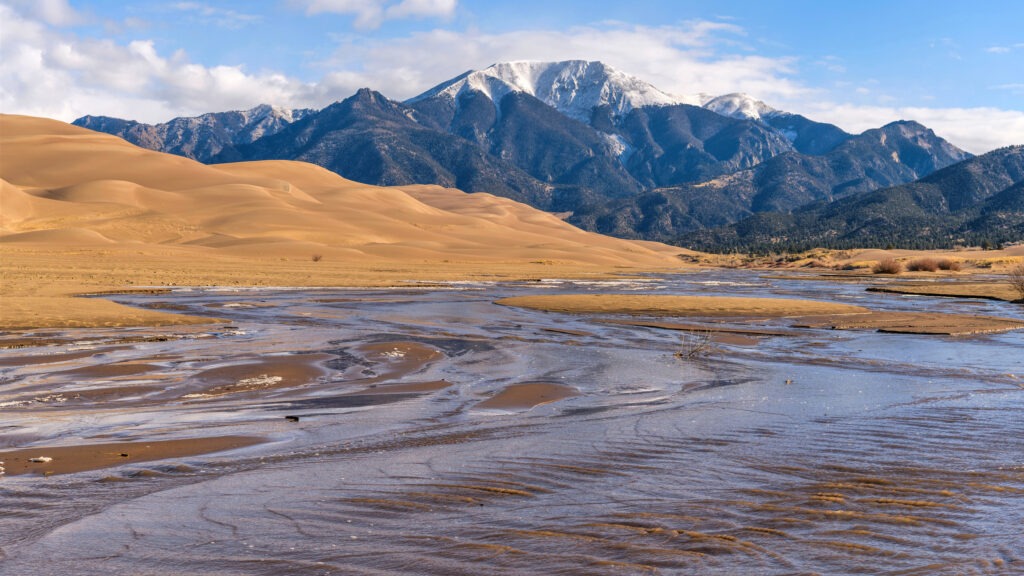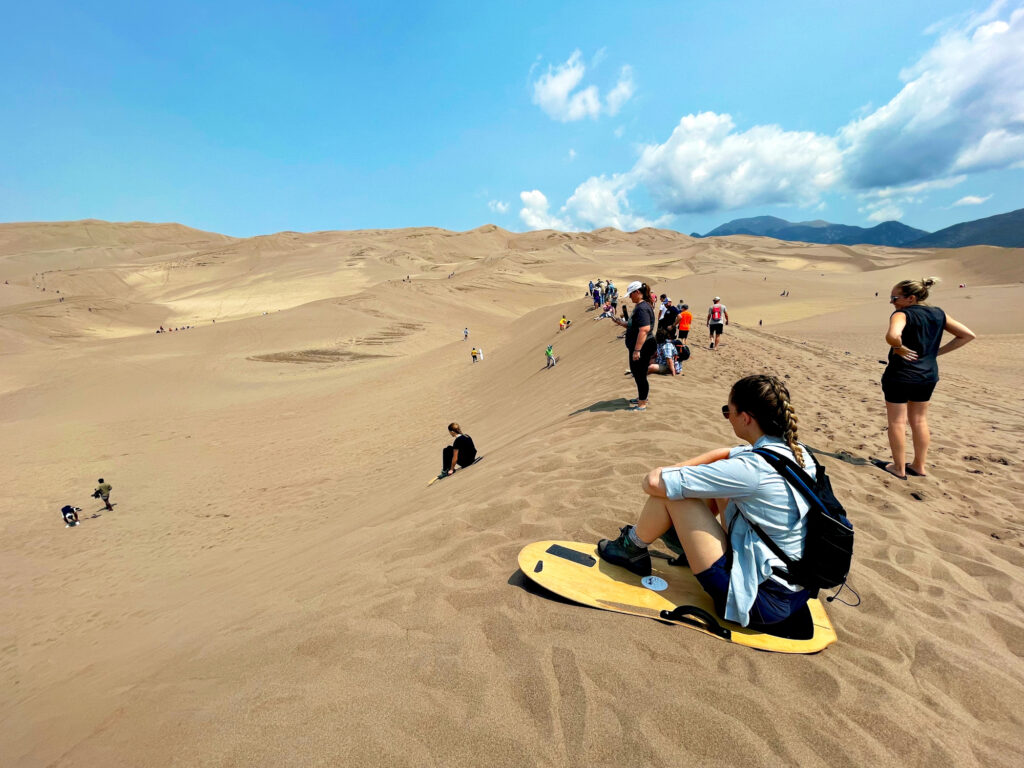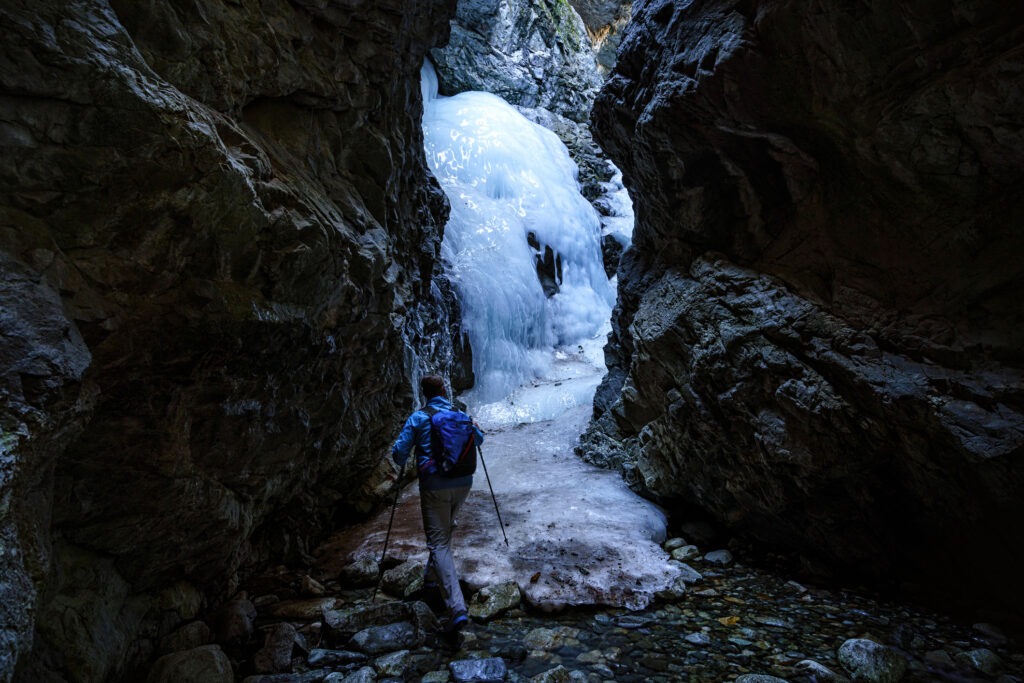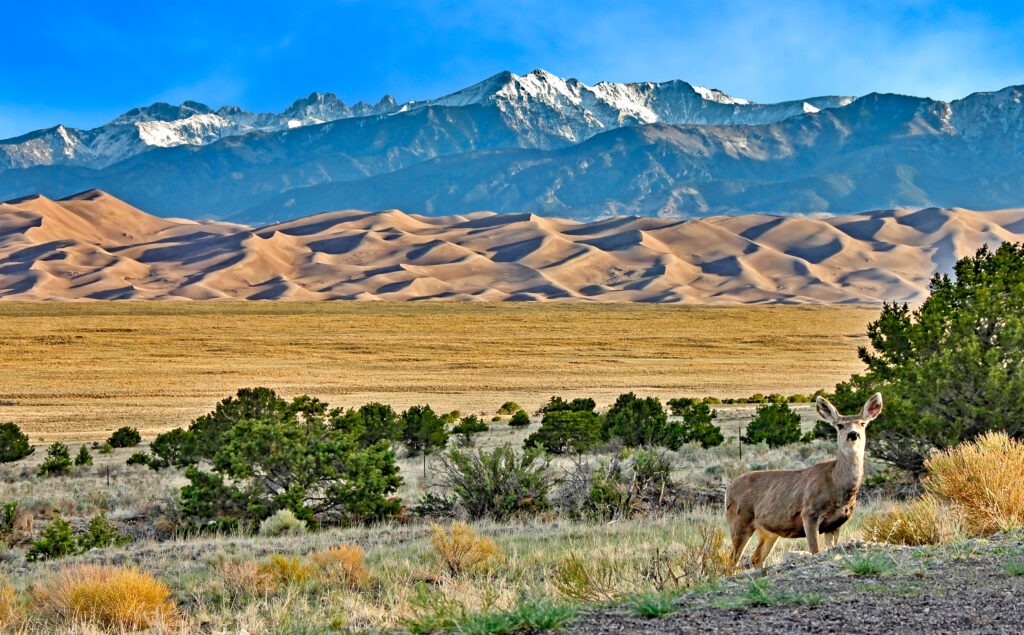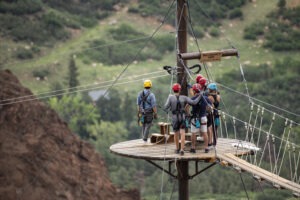Nestled in the southwest corner of Colorado, Mesa Verde National Park offers an extraordinary glimpse into the lives of the Ancestral Puebloans who inhabited the region over 700 years ago. This UNESCO World Heritage Site is home to some of the best-preserved cliff dwellings in North America, as well as scenic overlooks, fascinating hikes, and guided tours that bring history to life.
Whether you’re a history enthusiast, an outdoor adventurer, or simply looking for breathtaking views, Mesa Verde National Park is a must-visit destination. Here’s everything you need to know to make the most of your journey through ancient history.
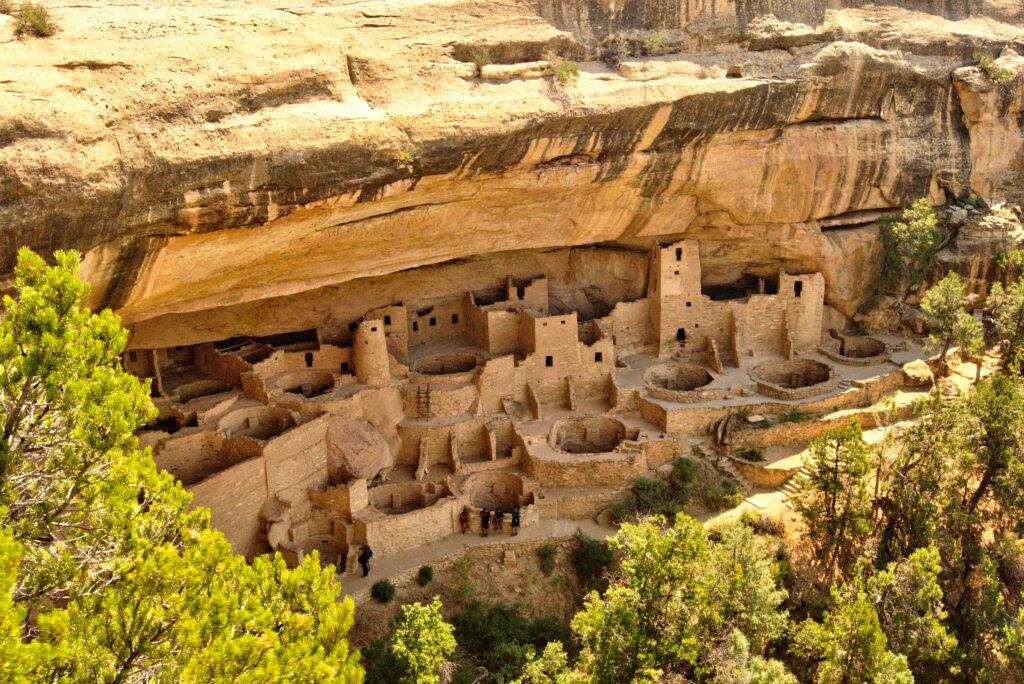
Getting to Mesa Verde National Park
Location & Directions
Mesa Verde National Park is located in southwestern Colorado, about:
📍 1 hour from Durango, CO
🚗 1.5 hours from Farmington, NM
🛣 4 hours from Colorado Springs
✈️ 7 hours from Denver
The park entrance is off Highway 160, near Cortez, CO. From the entrance, it takes about 45 minutes to reach the cliff dwellings, as the main road winds through scenic mesas and canyons.
Best Time to Visit
- Spring (April–June): Mild temperatures, fewer crowds, and great hiking conditions.
- Summer (July–August): Hot but lively, with full access to ranger-led tours. Book tickets in advance!
- Fall (September–October): Cooler weather and stunning fall colors make this a fantastic time to visit.
- Winter (November–March): A quiet and unique experience, though many cliff dwellings are closed due to snow and ice.
👉 Check the latest park conditions and tour availability: https://www.nps.gov/meve/planyourvisit/conditions.htm
Top Things to Do at Mesa Verde National Park
1. Take a Guided Tour of the Cliff Dwellings
The cliff dwellings are the highlight of Mesa Verde, and the best way to experience them is on a ranger-guided tour. These tours provide historical insights and allow you to walk through the ancient structures.
Best Cliff Dwelling Tours:
Cliff Palace – The largest and most famous cliff dwelling in the park. Expect steep steps and ladders!
Balcony House – An adventurous tour with tunnels and ladders for those who love a challenge.
Long House – A less crowded but equally stunning dwelling on Wetherill Mesa.
🎟️ Tickets are required for guided tours and sell out fast! Book yours at: https://www.recreation.gov
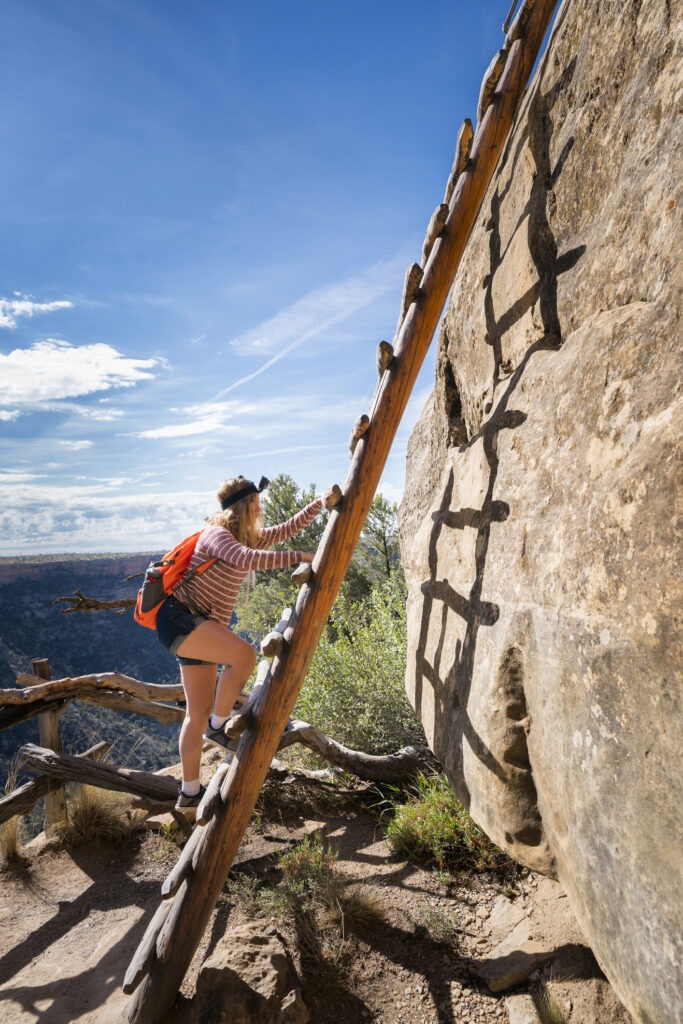
2. Explore the Scenic Drives & Overlooks
Even if you’re short on time or prefer a more relaxed experience, Mesa Verde has stunning viewpoints you can enjoy from your car or short walks.
Mesa Top Loop Road (6 miles) – A self-guided driving tour with 12 stops, showcasing pit houses, ancient kivas, and stunning canyon views.
Sun Point Overlook – One of the best spots to see multiple cliff dwellings in one panoramic view.
Park Point Fire Lookout – The highest point in the park (8,572 feet), offering incredible sunset views over the Four Corners region.
3. Hike Through History
Mesa Verde offers a variety of hiking trails, from easy walks to moderate backcountry adventures.
Petroglyph Point Trail (2.4 miles round trip) – A moderate hike with stunning rock art left by the Ancestral Puebloans.
Spruce Canyon Trail (3.1 miles round trip) – A great way to explore the natural landscape while spotting wildlife.
Step House (1-mile round trip) – One of the few self-guided cliff dwellings, open seasonally.
👉 Check trail conditions before you hike: https://www.nps.gov/meve/planyourvisit/hiking.htm
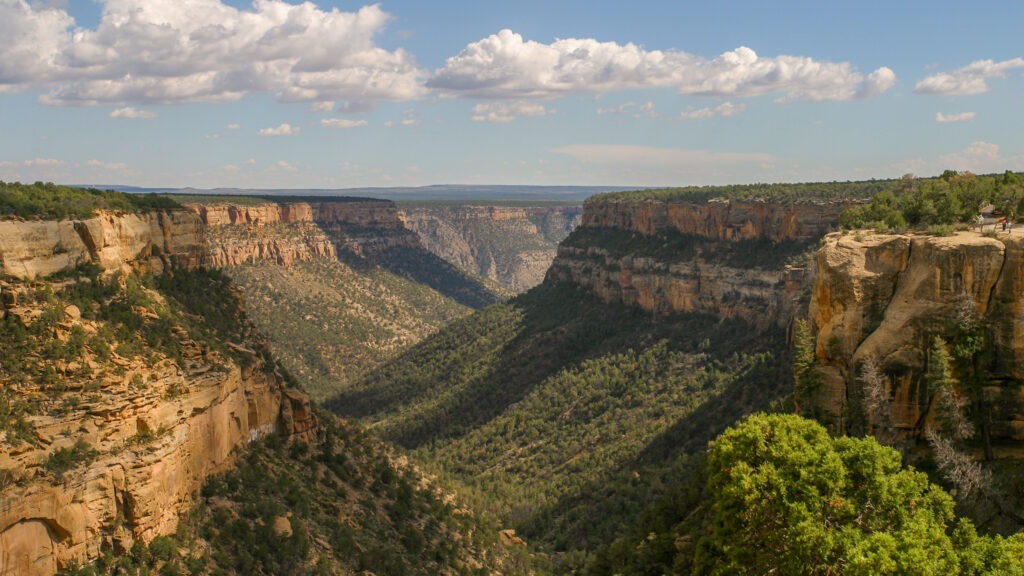
4. Visit the Chapin Mesa Archaeological Museum
Before heading into the park, stop at the Chapin Mesa Museum to learn about Ancestral Puebloan history through artifacts, dioramas, and exhibits.
📍 Location: Near Spruce Tree House & the park’s main visitor area
🎟️ Admission is free!
Where to Stay Near Mesa Verde
In the Park:
- Far View Lodge – The only hotel inside the park, offering unparalleled views and easy access to sites.
Camping:
- Morefield Campground – A great spot for RV or tent camping, just 4 miles from the park entrance.
Nearby Towns:
- Cortez, CO – The closest town, with hotels, restaurants, and grocery stores.
- Mancos, CO – A charming small town with local shops and lodging options.
Other Nearby Attractions
Canyons of the Ancients National Monument – Home to thousands of ancient ruins, located just 30 minutes from Mesa Verde.
Durango & Silverton Narrow Gauge Railroad – A historic train ride through the San Juan Mountains—perfect for a day trip from Mesa Verde.
Four Corners Monument – Stand in four states at once (Colorado, Utah, Arizona, and New Mexico), about 1.5 hours from the park.
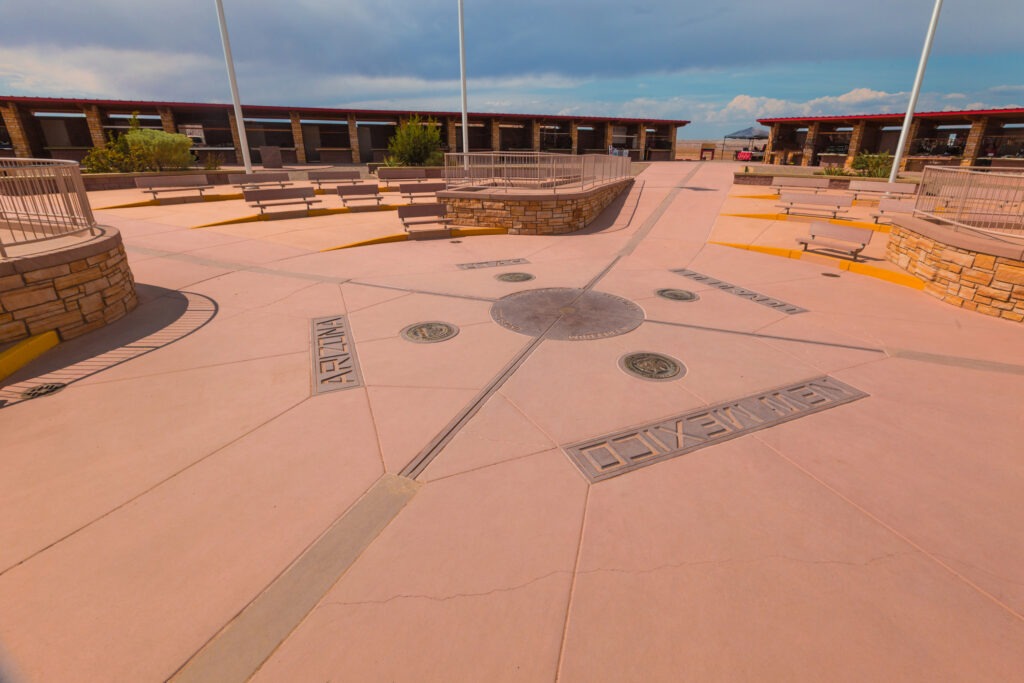
Plan Your Mesa Verde Adventure
Mesa Verde National Park is more than just a historical site—it’s a window into the past, a stunning outdoor destination, and an unforgettable experience. Whether you’re climbing through cliff dwellings, hiking scenic trails, or simply taking in the views, this journey through ancient history is one you won’t forget.
Ready to explore? Start planning your trip with Mesa Verde National Park and book your guided tour in advance!
Looking for other National Parks near Colorado Springs? Check out our blog post HERE to get the low down of all the Colorado National Parks!



